What is HACCP and HACCP Facility Certification
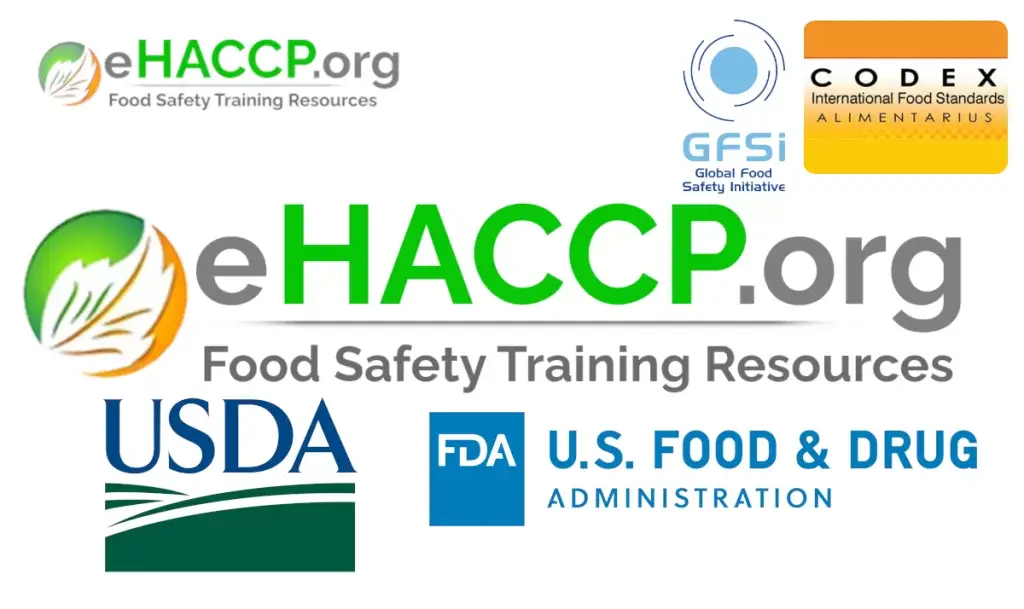
HACCP (Hazard Analysis and Critical Control Points) is a systematic preventive approach to food safety. It involves identifying, evaluating, and controlling hazards significant for food safety. The goal is to prevent food safety problems rather than just dealing with them after they occur. HACCP principles are: Conduct a hazard analysis. (1) Identify critical control points […]
Implementing HACCP: A Guide for Food Businesses
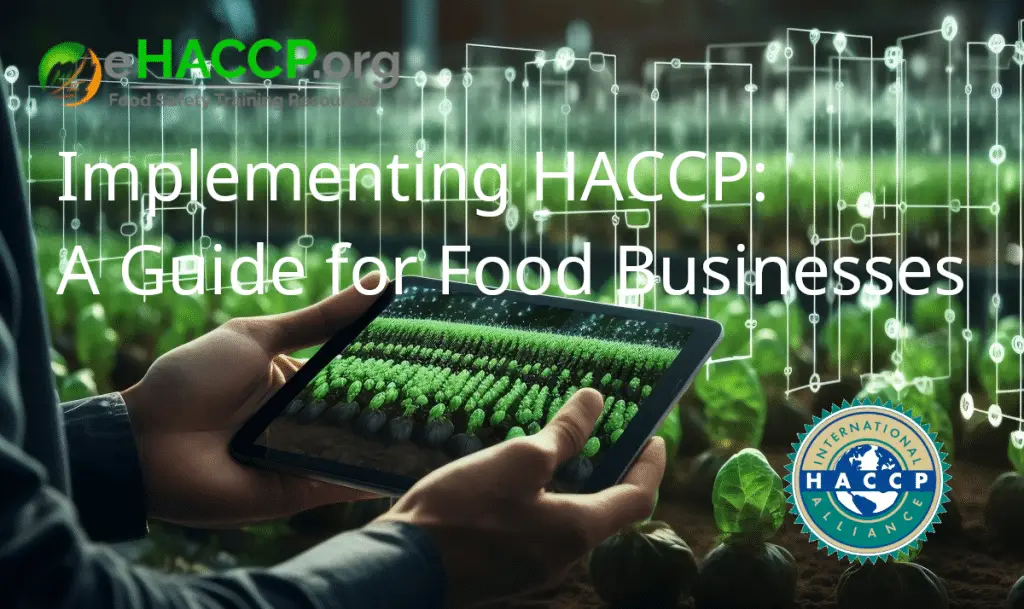
As a food business owner or manager, implementing an effective HACCP plan is critical to ensuring the safety of your products and compliance with regulations. HACCP, which stands for Hazard Analysis and Critical Control Points, is a systematic approach to food safety that focuses on prevention. By identifying potential hazards and establishing procedures to control […]
HACCP Training for: Blender Gasket Maintenance
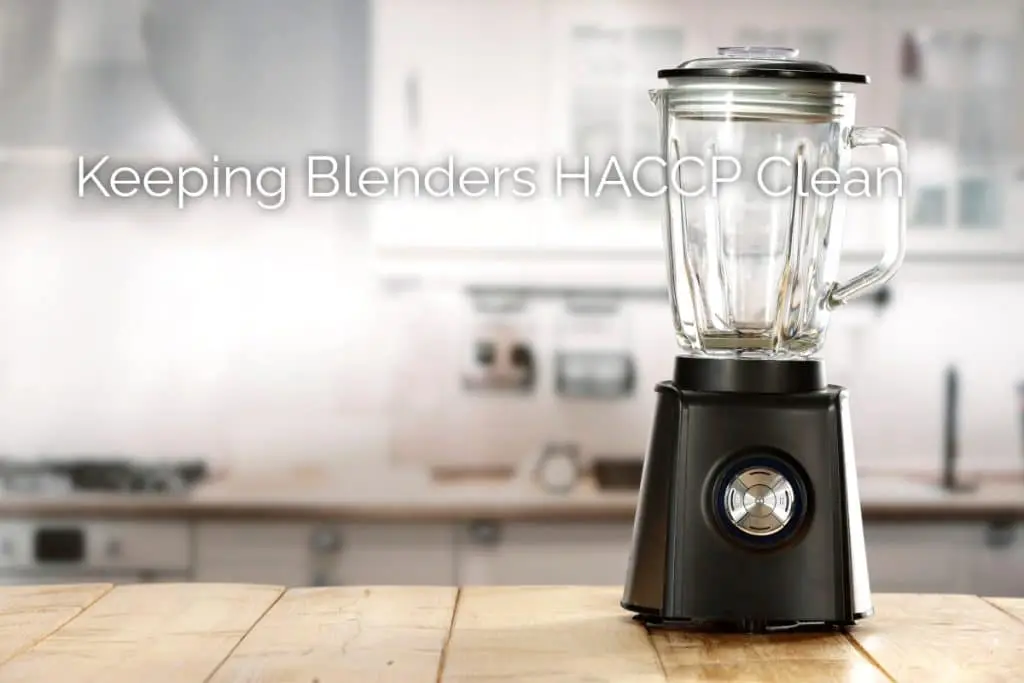
Blender gaskets can potentially pose a risk if not properly cleaned and maintained. While they are not inherently dangerous, neglecting proper cleaning and sanitation of blender gaskets can lead to foodborne threats and compromise kitchen hygiene. Here are a few reasons why blender gaskets can become problematic if not handled correctly: 1. Bacterial growth: Blender […]
Maintaining a Clean and Safe Kitchen: Strategies for Preventing Foodborne Threats
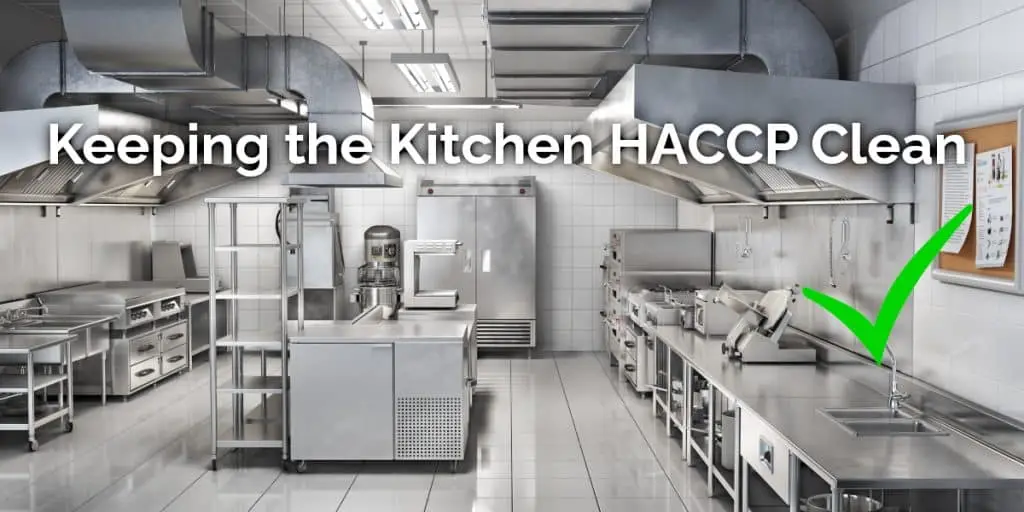
In a kitchen, ensuring cleanliness and safety is essential to prevent the occurrence of foodborne threats that can compromise the health of individuals. Proper cleaning and sanitation practices, along with adherence to personal hygiene standards, are key to maintaining a hygienic environment. In this essay, we will discuss effective methods to keep various kitchen components […]
How Long Does a Facility HACCP Certification Last?
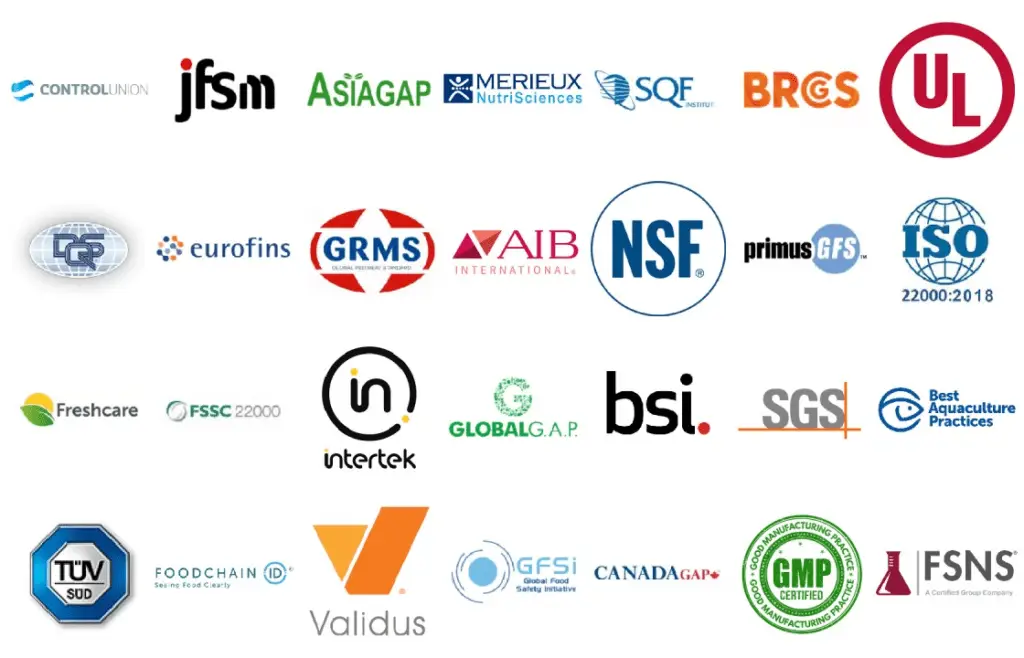
A HACCP certification typically lasts for a period of one year, after which the certification must be renewed. The certification process usually involves an initial assessment, and then follow-up audits to ensure ongoing compliance with HACCP standards.
How to Create a HACCP Plan
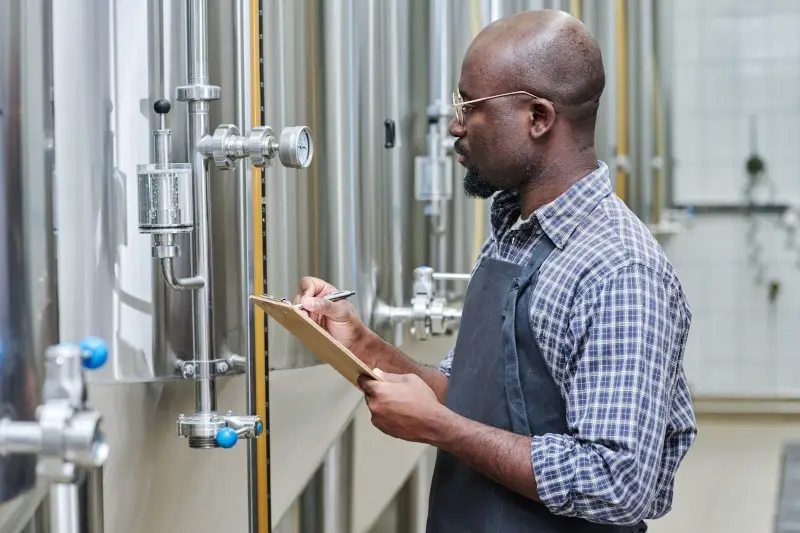
Conduct a hazard analysis: Identify potential physical, chemical, and biological hazards that could occur at each step of the food production or processing process.
Determine the critical control points (CCPs): These are points in the process where a hazard can be prevented, eliminated, or reduced to an acceptable level
What is a Foodborne Hazards?
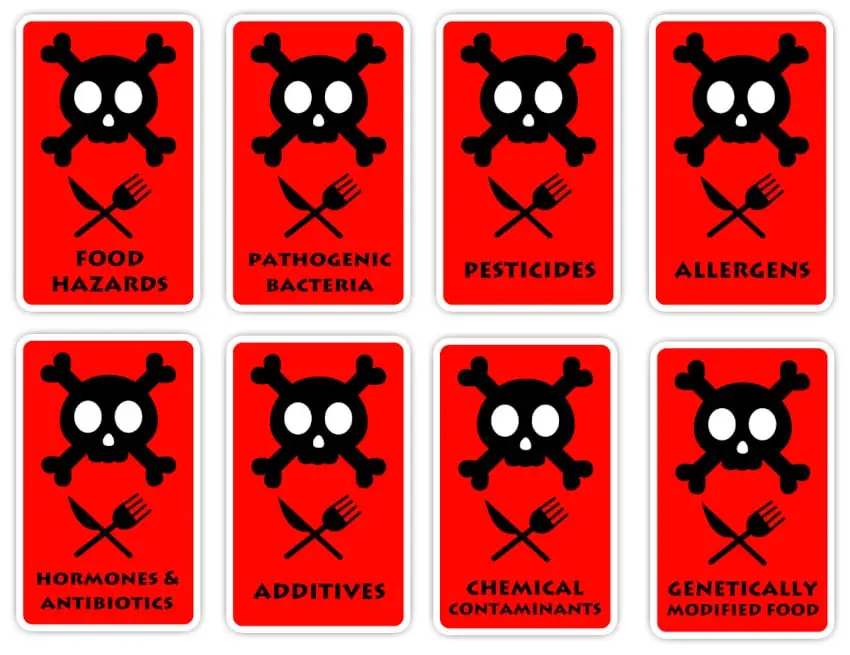
A foodborne hazard is any biological, chemical, or physical agent that is present in food and has the potential to cause harm to human health.
What is a Critical Control Point (CCP)?
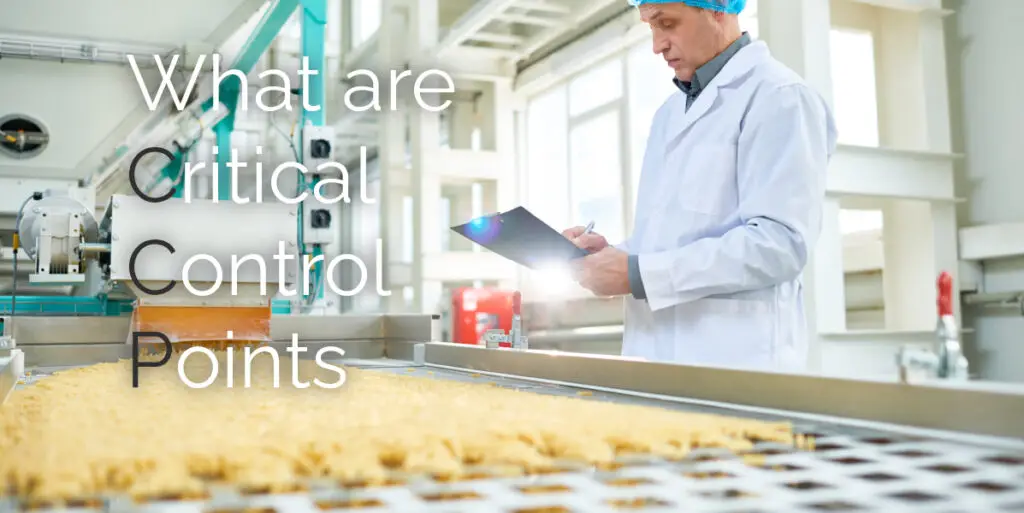
Identifying and monitoring CCPs is an important part of a food safety management system, such as HACCP (Hazard Analysis and Critical Control Points).
How Did HACCP Come About?

In the 1970s, HACCP was introduced to the commercial food industry by the Pillsbury Company, and it was further developed by the National Aeronautics and Space Administration (NASA) and the U.S. Army. The system was first applied to the meat and poultry industry, but it quickly spread to other food industries such as seafood, juice, and dairy.
Can I use HACCP at Home?

HACCP is typically used in commercial food production and preparation, but the principles of HACCP can be applied to home food safety as well. The goal of HACCP is to identify and control potential hazards in the food production and preparation process in order to ensure the safety of the food. While the specific steps of HACCP may need to be adapted for use in a home kitchen, the basic principles can still be applied.
